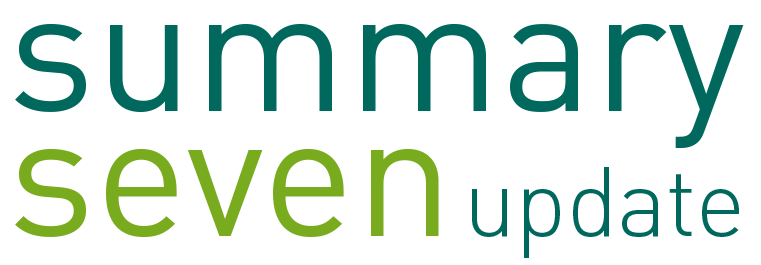Michael Schlander and Karla Hernandez-Villafuerte have shed light on the systematic analysis of the actual development costs of new drugs for common and rare diseases (orphan drugs) conducted by cancer researchers and health economists from the German Cancer Research Center (DKFZ) and the German Consortium for Translational Cancer Research (DKTK). To do so, the two study authors evaluated 22 studies with 45 estimates published through March 2020.
According to their study, research and development (R&D) spending continues to rise, especially in the cancer sector. It is striking that the estimates of the total costs of different studies from 2019 differ extremely, from 137 million euros to 3.86 billion euros.
However, the development costs depend on very many factors, as the authors found out based on the analysis of the experts. Research into the causes of the range led Schlander and Hernandez-Villafuerte to the assumption that the development of new compounds is also dependent on success rates. Large molecules, which include biologics including monoclonal antibodies, are easier to grow than chemically small and conventional compounds.
In addition, it is important whether substances produced by biopharmaceutical companies are produced in-house or licensed in. More complicated and costly research also depends on the pathology of a disease, which must first be understood. Factors such as cash expenditures, development risk and time-to-market also play a major role in this context.
However, the experts criticize the transparency of the data situation, which is not always clear. New drugs, they conclude, should always be introduced only if they demonstrate added value and if there can be a balance between benefits and pricing.
Source: www.pharmazeutische-zeitung.de
